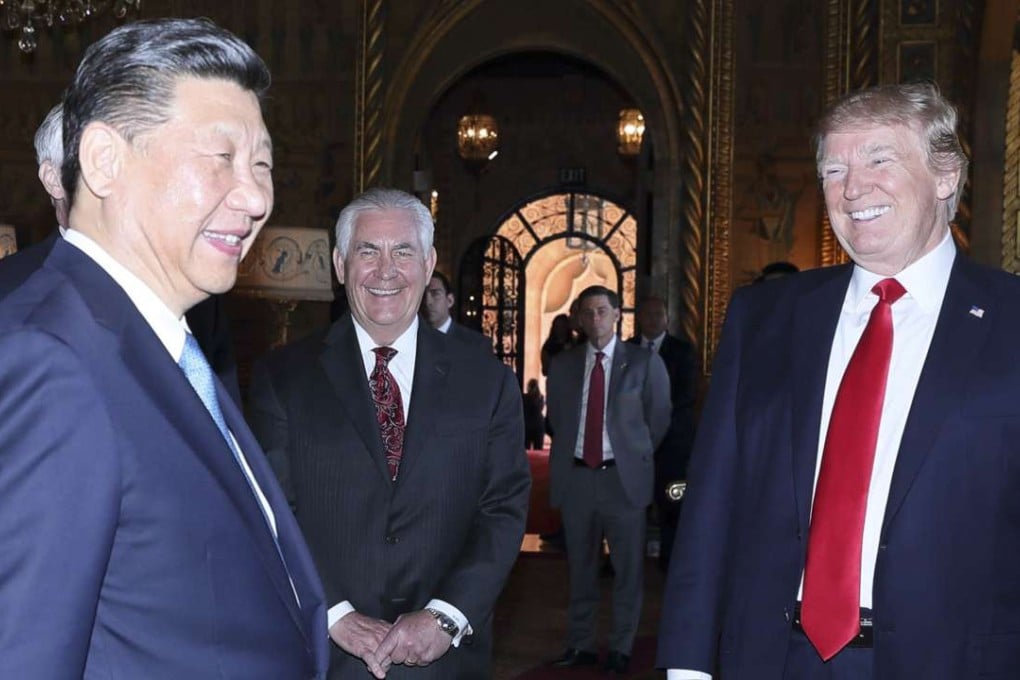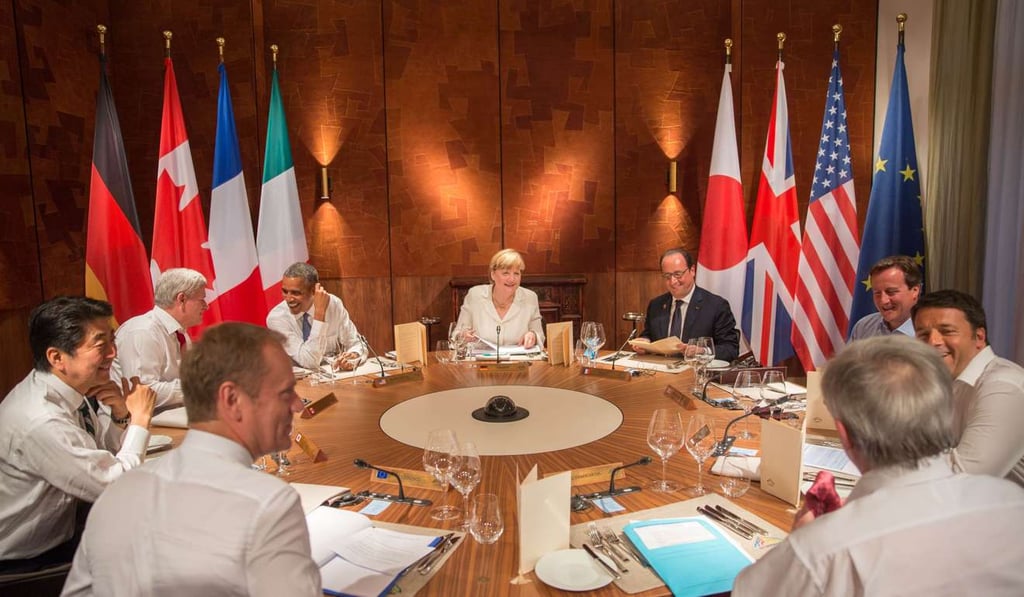Trump and Xi: Sherpas, not summits, make the difference
At several other meetings planned for the two leaders this year, key policy wonks could help Beijing and Washington build stronger-than-ever bilateral trade relations

Predicting the outcome of major summits is not an exact science. And the Mar-a-Lago huddle between Chinese President Xi Jinping (習近平) and US President Donald Trump is no different.
Summits, as Henry Kissinger would say, embody “high politics”, by way of the history-altering dynamics they unleash. In case of Mar-a-Lago, a 100-day programme has been rolled out to improve Sino-US trade, four channels have been formed to discuss security, economic policy, and cultural and people-to-people exchanges. And Xi and Trump have agreed to meet again this year. Significant, but could they be the stuff history is made of?

Modern summitry is the child of the G7 gatherings. When the US delinked itself from the gold standard in the aftermath of the Vietnam war, it found itself in an enviable position where it could print more money and exponentially strengthen its credit-creation ability. With a sleight of hand, the Nixon administration thus sharply reversed the America’s much-weakened finances after the war.
How Trump-Xi talks in Mar-a-Lago were influenced before a word was said
But a free-floating greenback was a risky move, especially at a time when the president was also faced with the Watergate scandal. Sensing trouble, Nixon’s successor Gerald Ford convened what was then known as a “Library Contact Group” in the basement of the White House in 1974. According to Robert Putnam at Harvard University, the goal was to liaise with officials in the West to keep the policies of the West, and Japan, aligned.